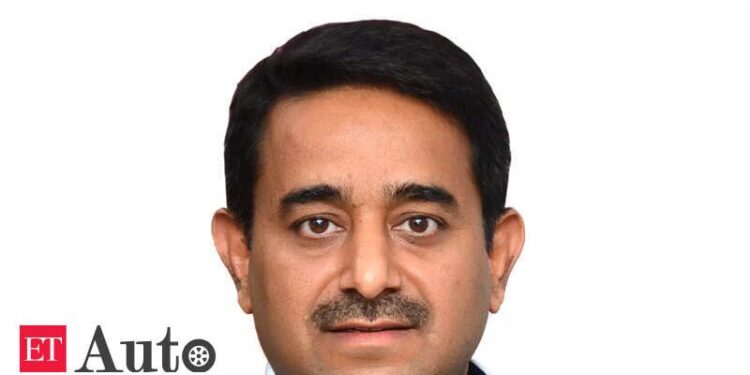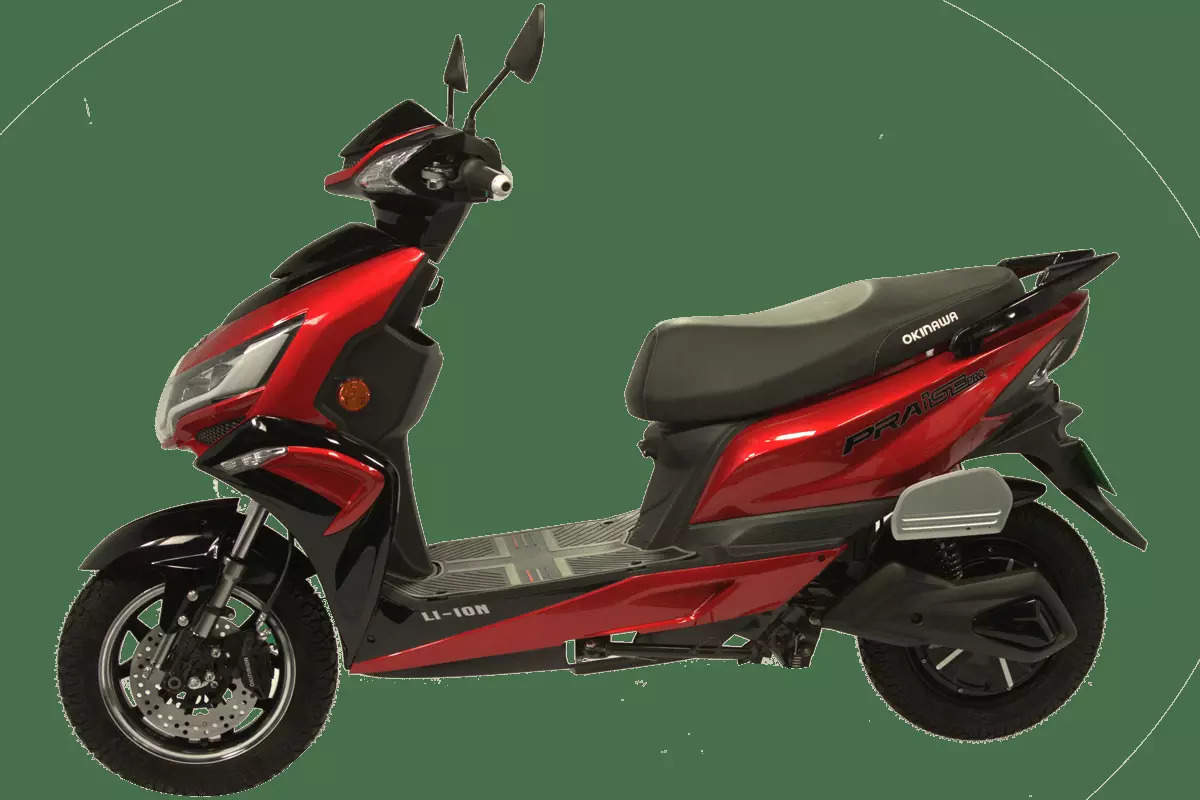
With one state government after the other coming up with their own electric vehicle policies to incentivise two wheelers over and above those offer under the Central government’s overarching FAME 2 scheme, which itself was increased and extended upto 2024, this year is billed as the inflection point–when they start to become mainstream, for electric two wheelers.
So much so, that India’s second largest electric scooter maker Okinawa believes the industry would garner enough scale and momentum by 2024 to not need any subsidy or incentive after that.
The 6 year old company sold 30,000 units in fiscal 2021 and is confident of more than tripling its sales to nearly 100,000 units this year. This is inline with the overall industry trends, which has received a massive tail wind both due to the increase in incentives as also the entry of players like Bhavish Aggarwal’s Ola Electric that wants to further disrupt the market.
“Incentives or subsidies cannot and should not continue forever. Our business plan was always that we can survive and grow without incentives in the long term,” said Jeetendra Sharma, founder and managing director, Okinawa Scooters.
“Even before the state government incentives of Gujarat or Maharashtra were announced, our best selling scooter was priced at around Rs 76,000 which was at par with most ICE scooters in the 110 cc segment. Now with the incentives, our prices will go down to even Rs 45-50,000 in some states and that is very helpful. But I believe by 2025, the industry would have enough scale and momentum to not need these incentives anymore. Customers would automatically choose EVs over anything else then.”
Like most other companies in this segment, Okinawa is working overtime to increase its capacity. Currently it can produce 90,000 units in one shift at its Alwar factory which can be doubled with an additional shift. It is also investing Rs 250 crore in a new bigger factory in Bhiwadi, which will have a capacity of 1 million units per annum.
“The new facility should be ready by the first quarter of next fiscal year. It will come up in two phases. In the first phase we will have a capacity of 5-6 lakh vehicles per annum and in the next phase it will be a million units,” Sharma said. “The entire investment is being funded through internal accruals.”
The entry of new players like Ola Electric, which is likely to be followed soon by world’s largest two wheeler maker Hero MotoCorp later this fiscal is likely to shake up the current mix in the industry. Ola has already committed an investment of Rs 2400 crore in a mega factory that will have an eventual capacity to produce 10 million units per annum. That is a shade less than half of India’s overall two wheeler sales today.
“We have our own plans. We want to remain among the top three players 5 years down the line,” Sharma said. “I appreciate the new players that are coming in. They will expand the market and create more awareness about the technology. The opportunity and the pie is too big right now. It can fit many players. Ofcourse there will be consolidation. The smaller players who do not have the quality or manufacturing expertise will not be able to survive. We have established ourselves here. Consumers know us and our products. They trust us. We will still be there and in the top 3.”
Known mostly for their no nonsense commuter scooters that come with detachable batteries that can be carried and charged at home or office so that consumers do not have to be dependent on charging stations, Okinawa has plans to enter into the more demanding performance segments as well as motorcycles.
“We will be a full range player and will have performance motorcycles as well,” Sharma said. “In this fiscal alone, we will launch at least 2-3 products (scooter and motorcycle).”














